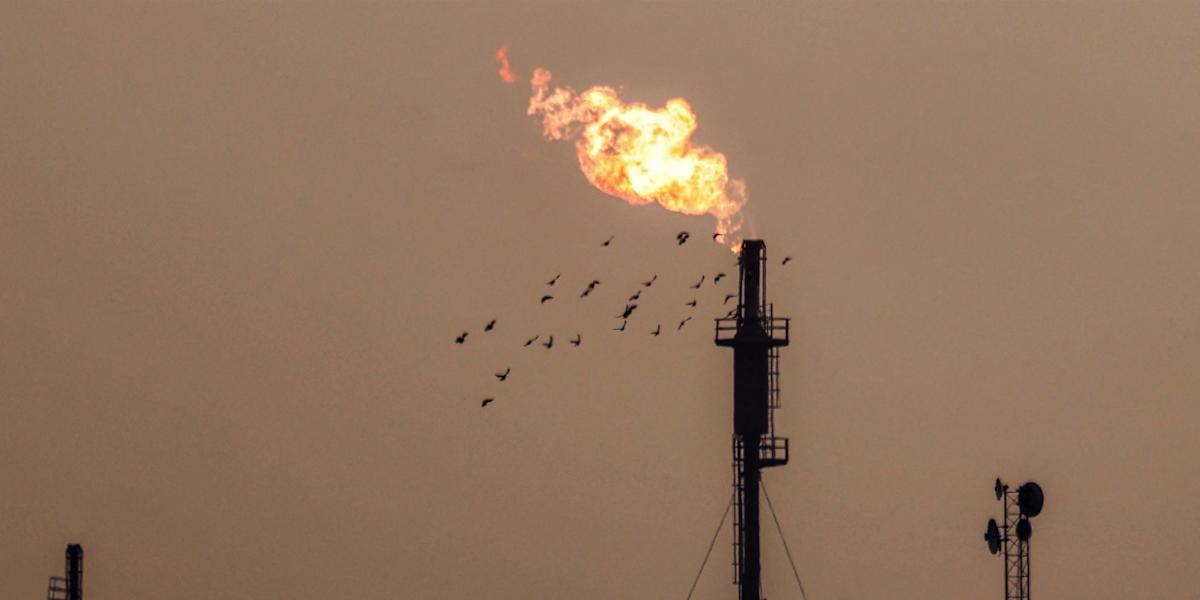OPEC produces up to 40% of the world’s oil. – ahmad al-rubaye/AFP/Getty Images
The Organization of the Petroleum Exporting Countries and its allies agreed on a restrained oil output increase on par with earlier moves, a bet that the group can eke out more revenue without causing a crash in prices.
Eight OPEC+ members led by Saudi Arabia said they would boost production by 137,000 barrels a day in November, the same as the output increase in October, the group said after an online meeting Sunday.
The cartel wants to regain market share lost to U.S. shale producers, Brazil and Guyana, and to rein in other OPEC members that routinely exceed production quotas. Lower oil prices also would please President Trump, who repeatedly has called for lower gas prices at the pump.
The move builds on earlier decisions by the Vienna-based cartel to unwind a layer of production quota curbs totaling roughly 1.65 million barrels a day, which was first implemented in 2023. An earlier layer of production curbs, totaling 2.2 million barrels a day, already had been fully rolled back in September, a year ahead of schedule.
Brent crude futures dropped $4.90 last week as traders positioned for a larger-than-expected production increase.
By going with a more restrained increase of 137,000 barrels, the cartel “stepped carefully after witnessing how nervous the market had become,” about the possibility of even larger production increases, said Jorge León, head of geopolitical analysis at Rystad Energy, who formerly worked for the cartel. “The real test will come when fundamentals and politics shift again.”
Brent crude and West Texas Intermediate have both retreated by more than 13% this year thanks to the cartel’s production increase and concerns over a looming global oil supply glut.
Oil prices have traded within a range between $65 and $70 in the past three months, indicating relative balance between supply and demand for the world’s most important energy source.
Strategists say that multiple factors formed a price floor for oil prices. Among them are strong summer demand, aggressive Chinese stock building, and the continuing conflicts in the Middle East and between Russia and Ukraine.
Analysts from JPMorgan expect a surplus of around 2 million barrels a day for the remainder of this year and into next year. The International Energy Agency forecasts that oil supply growth will be 2.7 million barrels a day this year and 2.1 million the next, lifting an earlier estimate.
